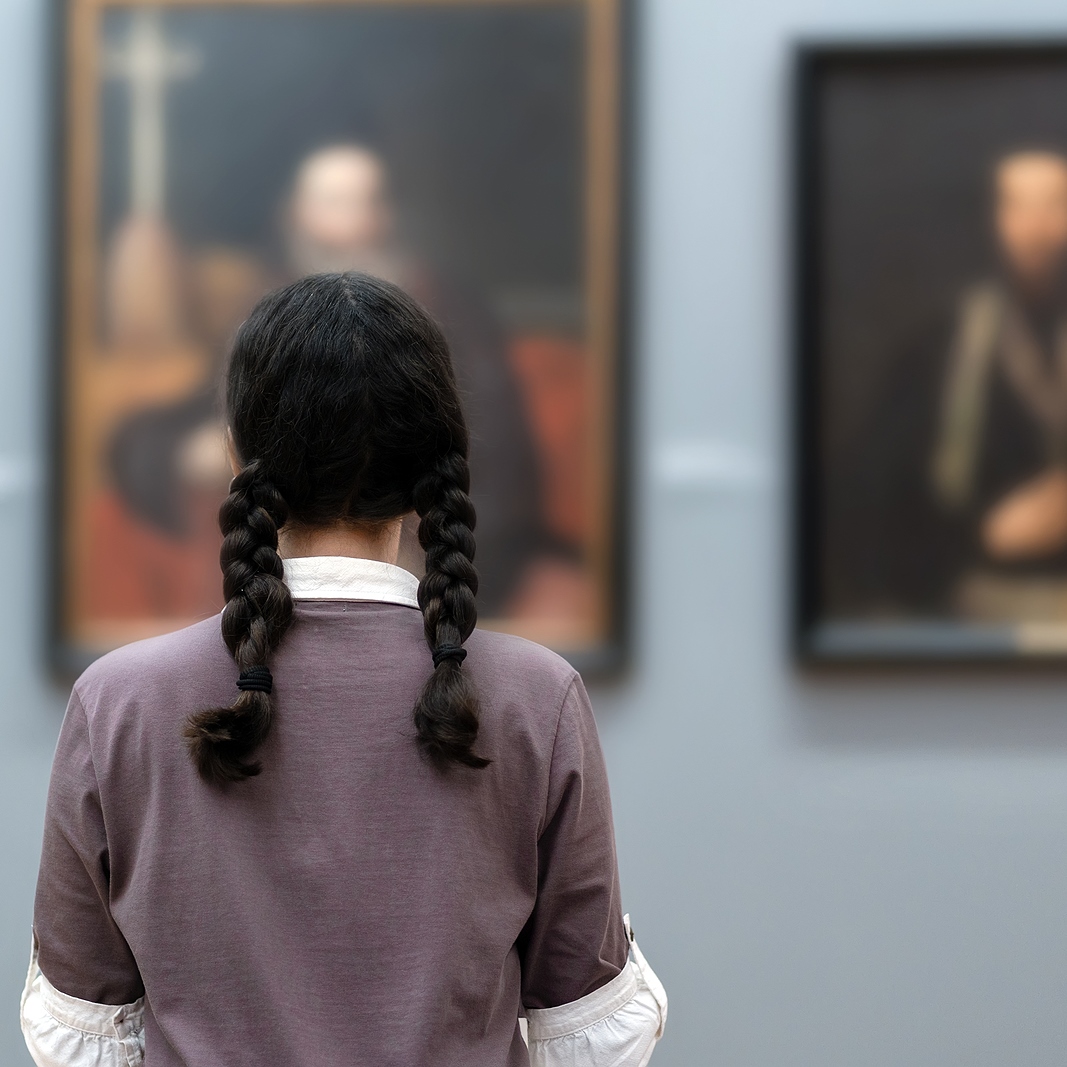The process of estate planning is crucial to ensure your beneficiaries receive the product of your life’s work after your passing. For many people, art collections are a significant part of their wealth and legacy. Transferring these from one person to another can be a complex process and may be vulnerable to Inheritance Tax, as can any asset.
In this guide, we’ll introduce the concept of art estate planning and offer some strategies you can consider to ensure your art is left to your beneficiaries in the most tax-efficient way possible.
The significance of art as an investment
Art is a valuable asset and a common means of portfolio diversification for investors. Whether you’ve inherited a collection or invested in items over your lifetime, the value of creative pieces can rise and fall, making them an exciting and potentially lucrative long-term investment.
Some of the most exclusive artists and works can be worth millions and be in high demand on the art market. Just as property, savings accounts, and cash can be subject to Inheritance Tax when being passed between individuals, valuable art is a key part of estate planning and is best handled by legal advisors experienced in art transfers, collections, and transactions.
Common strategies for art estate planning
Any valuable art forms part of your estate and can be subject to Inheritance Tax at 40%. The first step is to get your collection professionally valued so you and the authorities know how much it’s worth.
Your beneficiaries may face a tax bill after receiving your collection by default, and they’ll need to pay it with other funds or sell the art to cover the sum. Alternatively, you can gift it to the nation upon your death, making use of Acceptance in Lieu, which allows the tax to be paid by transference of artwork.
If you want to leave your collection to beneficiaries, there is always the option of putting it in a trust. This is an easy way to ensure the collection is managed and retained for the long term without being subject to taxation.
There’s always gifting before your death too. This removes assets from your estate and gives you greater tax and estate planning clarity. A valuable gift made while you’re alive may be subject to Capital Gains Tax (CGT) at 20%, but that’s still less than the 40% that could be owed after your passing.
The role of the art executor
Naming an art executor is crucial in estate planning. This is the person who will have sole responsibility over your collection after your passing and legal authorization to distribute or manage it. It’s often best to choose an executor with experience and knowledge in the market, so they’ll be able to navigate the complex world of art ownership.
